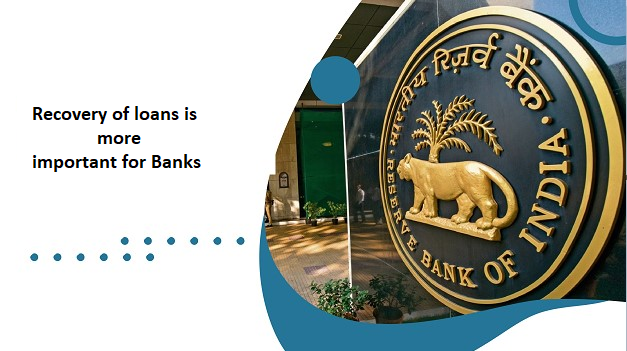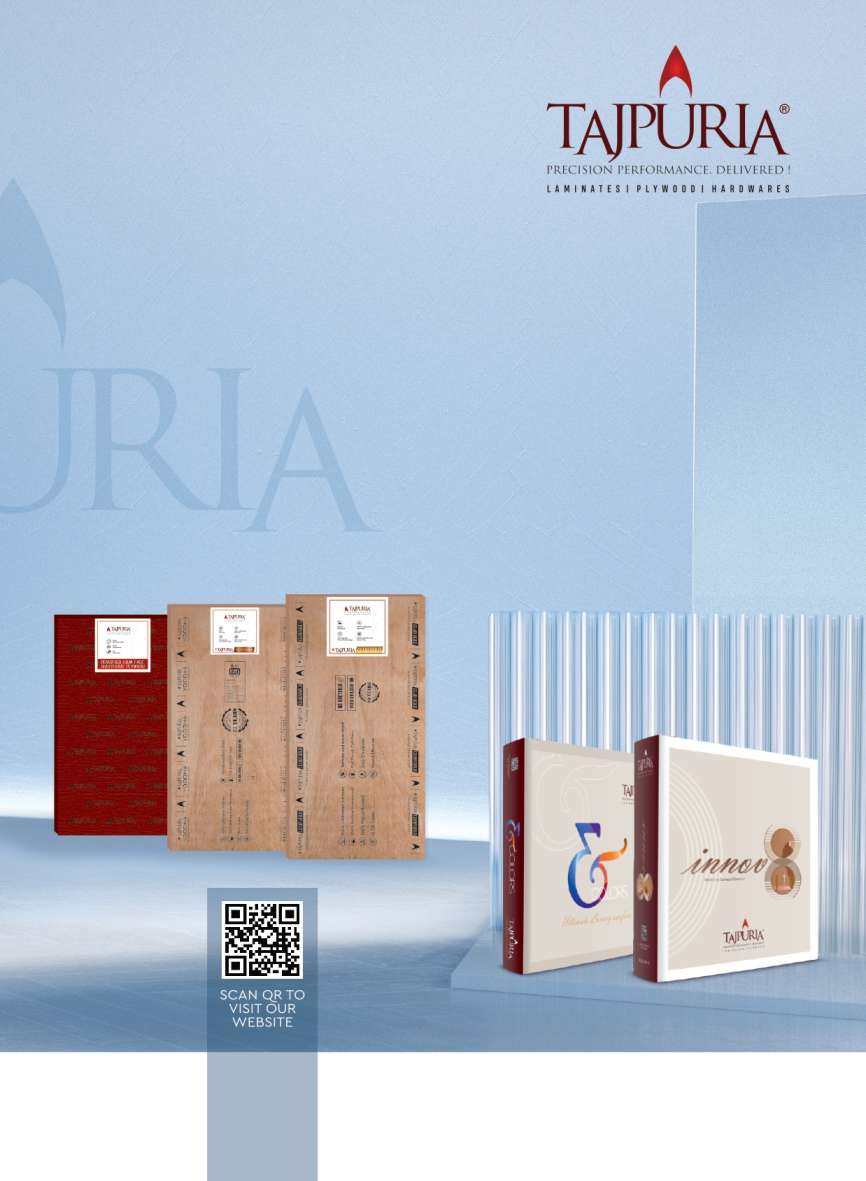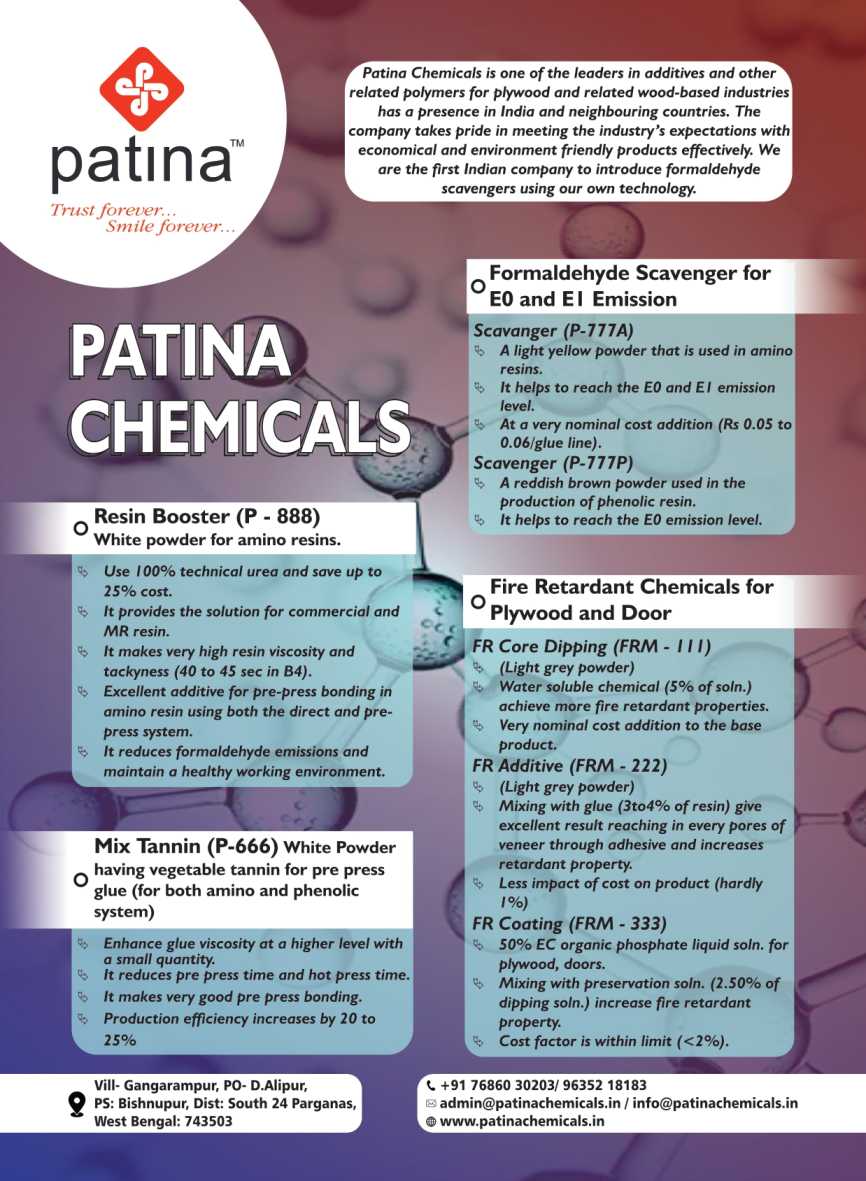
COVID EFFECT: Low Income But High Profit/Savings
- दिसम्बर 22, 2020
- 0
It is learnt that the financial savings of ordinary families, which are usually equal to 10 per cent of GDP, almost doubled in the first quarter (April-June) of this financial year. This happened when people are losing jobs and their wages are being cut.
The reason for this is obviously uncertainty about the future. If you do not anticipate the future, then as a consumer saving trend prevails. At the same time, companies whose business is at a loss and who are worried about it, cut their expenditure more than the decline in sales. This increases profits. The government, busy in announcing one incentive package after another, remains concerned about the funding of these schemes and makes every possible cut in expenditure.
This trend is also visible in bank deposits, which are growing faster than loans. Imports are also falling faster than exports, RBI’s foreign exchange reserves are increasing, there is abundance of cash in the money market. This is reducing interest rates because the demand for cash is less than its supply. Inflation should also decrease, as demand for goods is less than their availability. Of course there are many concessions as well, but with the abundant cash, it should not surprise us that inflation is at a six-year high. Officials say the lockdown caused by Kovid caused a supply deadlock and much of the inflation of food products is due to supply disruptions.
But now the uncertainty is sorting. A lot can be seen in the coming months on the expenditure and business improvement front. Imports will pick up and trade deficit will also increase. Companies and common people will take more loans and demand for money will increase. The current environment of weak interest rate and stock market boom will change. But the rise in asset-price inflation will stop only when interest rates are appropriate.
कोविड असरः आमदनी कम लेकिन मुनाफा/बचत ज्यादा
ऐसा पता चल रहा है कि आप परिवारों को वित्तीय बचत जो प्रायः जीडीपी के 10 प्रतिशत के बराबर होती है वह इस वित्त वर्ष की पहली तिमाही (अप्रैल-जून) में करीब दोगुनी रही। ऐसा तब हुआ जब लोग नौकरी गंवा रहे हैं और उनके वेतन में कटौती की जा रही है।
जाहिर है इसकी वजह भविष्य को लेकर अनिश्चितता है। अगर आपको भविष्य का अनुमान न हो तो बतौर उपभोक्ता बचत की प्रवृत्ति हावी हो जाती है। वहीं जिन कंपनियों के कारोबार का नुकसान होता है और जो उसे लेकर चिंतित होती हैं वे बिक्री में आई गिरावट से अधिक कटौती अपने व्यय में करती हैं। इससे मुनाफा बढ़ता है। एक के बाद एक प्रोत्साहन पैकेज घोषित करने में व्यस्त सरकार इन योजनाओं के वित्त पोषण को लेकर चिंतित रहती है और वह व्यय में हरसंभव कटौती करती है।
यह रूझान बैंक जमा में भी नजर आता है जो ऋण की तुलना में तेजी से बढ़ रही है। आयात भी निर्यात की तुलना में तेजी से गिर रहा है, आरबीआई का विदेशी मुद्रा भंडार बढ़ रहा है, मुद्रा बाजार में नकदी की प्रचुरता है। इससे ब्याज दरों में कमी आ रही है क्योंकि नकदी की मांग उसकी आपूर्ति से कम है। मुद्रास्फीति में भी कमी आनी चाहिए, क्योंकि वस्तुओं की मांग उनकी उपलब्धता से कम है। यकीनन कई तरह की रियायतें भी हैं लेकिन जितनी प्रचुर नकदी है उससे यह देखकर आश्चर्य नहीं होना चाहिए कि मुद्रास्फीति छह वर्ष के उच्चतम स्तर पर है। अधिकारियों का कहना है कि कोविड के कारण लगे लाॅकडाउन ने आपूर्ति में गतिरोध पैदा किया और खाद्य उत्पादों की ज्यादातर मुद्रास्फीति आपूर्ति में बाधा की वजह से है।
परंतु अब अनिश्चितता छंट रही है। आने वाले महीनों में व्यय और कारोबारी सुधार के मोर्चे पर काफी कुछ देखने को मिल सकता है। आयात में तेजी आएगी और व्यापार घाटा भी बढ़ेगा। कंपनियां और आम लोग अधिक ऋण लेंगे और मुद्रा की मांग बढ़ेगी। कमजोर ब्याज दर और शेयर बाजार में तेजी का मौजूदा माहौल बदलेगा। परंतु परिसंपत्ति-मूल्य मुद्रास्फीति की तेजी तभी रूकेगी जब ब्याज दरें उपयुक्त होंगी।































































